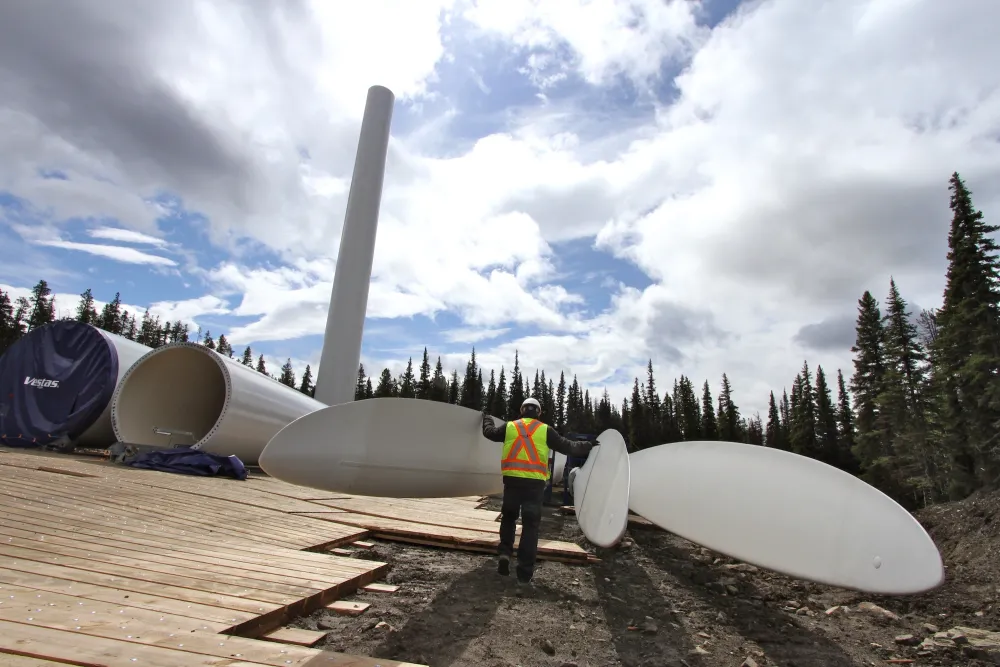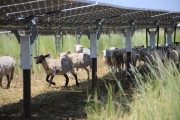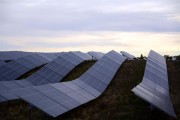Living within your means, without compromising future generations, is an enduring source of pride in Alberta. Albertans will be pleased to learn, then, that new economic analysis shows wind and solar energy, paired with battery storage and energy efficiency, are capable of powering homes and businesses as reliably and at a lower cost to consumers than new gas plants, even in Alberta where natural gas prices are so low.
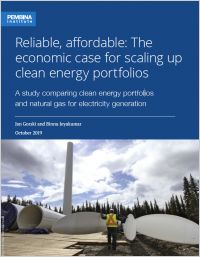 This means turning the lights on will be cheaper with the renewable option — without subsidies, without constant sunshine or wind, and even in peak demand scenarios. When it comes to making choices about how we power our communities and businesses, it makes sense to go with the option that’s the cheapest, the best and smartest, even if it is new and different.
This means turning the lights on will be cheaper with the renewable option — without subsidies, without constant sunshine or wind, and even in peak demand scenarios. When it comes to making choices about how we power our communities and businesses, it makes sense to go with the option that’s the cheapest, the best and smartest, even if it is new and different.
This finding will please policymakers at all levels seeking to drive down greenhouse gas emissions to appease concerns about the catastrophic effects of climate change while also satisfying their obligation to make prudent spending decisions in the pursuit of a reliable electricity supply. Our analysis is good news as governments and utilities seek to make choices for our future electricity grid that are based on cost, reliability and climate benefits, as opposed to adherence to past approaches, loyalties or partisan politics.
Clean energy portfolio performs
This research was conducted in Alberta, which enjoys comparatively low natural-gas costs while offering strong support to the oil and gas industry but is also home to abundant renewable energy resources. With the assistance of modelling provided by the Rocky Mountain Institute, we compared the cost of building and operating two distinct types of gas plants — those that generate electricity on a steady basis and those that generate it at peak times — against the cost of creating and operating a clean-energy portfolio. A clean energy portfolio includes renewables (in this case wind and solar energy), storage, energy efficiency and demand flexibility.
We found that clean energy portfolios can provide the same services and flexibility as new gas plants, at a lower cost. Clean energy will also create jobs in an expanding global industry.
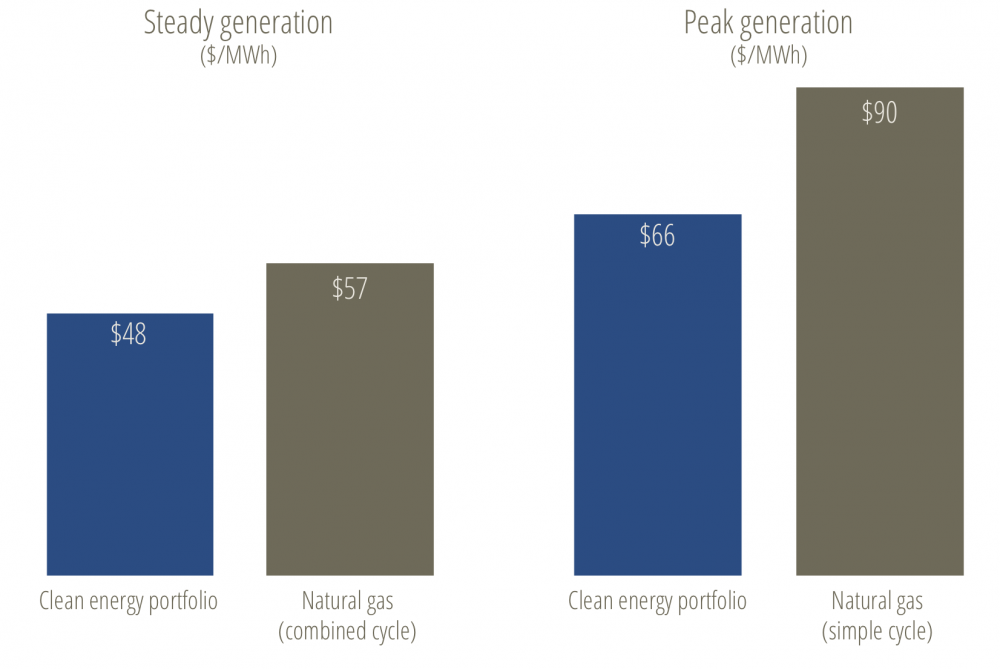
The analysis shows that, when the lifetime output from portfolios of clean energy is compared against the energy generated at gas plants, the clean energy portfolio will cost $9 less per megawatt hour than energy from gas plants that generate power on a steady basis, and $24 less per megawatt hour than gas plants producing it at peak hours.
Much of the savings comes from the steeply declining costs of renewable energy and battery storage, which are already cheaper than gas in some jurisdictions. And the cost of the renewables and battery storage will continue to drop. At the same time, as more governments incorporate more stringent carbon pollution pricing to meet international commitments on climate change, the cost of operating conventional gas plants will likely increase.
Similar modelling in the United States has found that an investment in clean-energy portfolios instead of new gas capacity would save customers more than US$29 billion annually and reduce carbon emissions by 100 million tons.
Modelling supports coal phase-out needs
But the comparison of costs is especially critical here in Canada as governments and utilities prepare to meet this country’s commitment to phase out coal power by 2030, and have to make decisions about what technologies to enable in the electricity system. Take for example the Alberta Electric System Operator. It released projections that assume most of the capacity lost through the retirement of coal plants in that province will be replaced by gas plants. While gas may continue to play a role, the low cost of comparable clean energy portfolios indicates that Alberta — and other jurisdictions — should be looking to incorporate more clean energy solutions and not less. (Continuously revised projections of greater renewable generation in most jurisdictions also contradict the AESO’s projections.) Similar modelling will make clear the economic case for clean energy portfolios in other jurisdictions as well.
The age of solar and wind power has arrived. Clean energy portfolios are reliable, economically viable and technologically practical. This is good news for our wallets as well as human health and the health of the planet.
With this ground-breaking analysis, Albertans now have economic justification for giving renewables first consideration, and for supporting policies that remove barriers to building clean energy portfolios. Municipal and provincial politicians, in Alberta and across Canada, can adopt this approach knowing they are putting their constituents’ economic and environmental needs first. Alberta, already an energy powerhouse, can lead the way.

